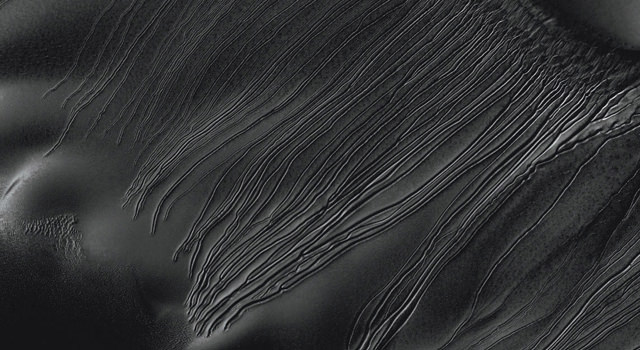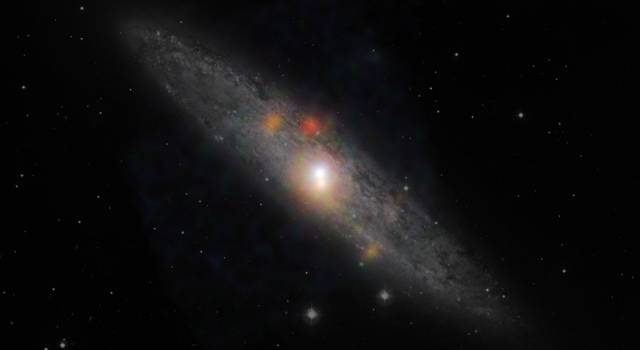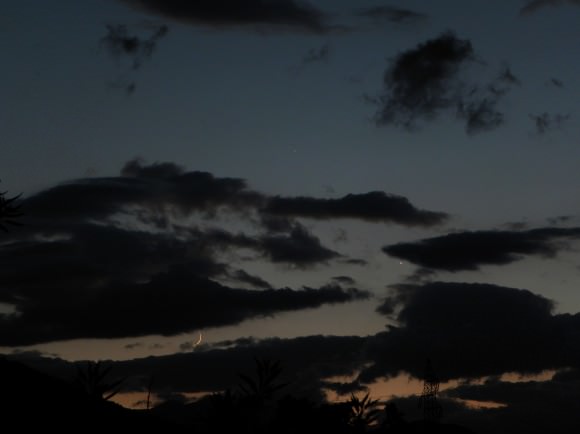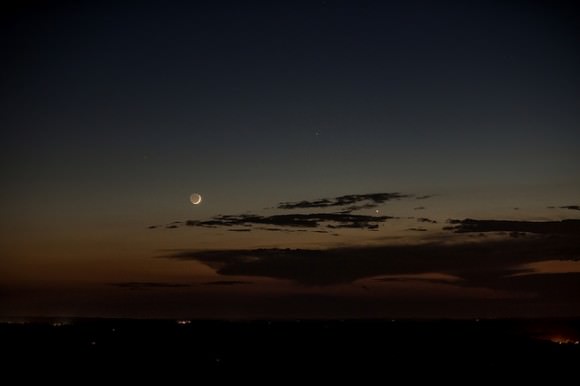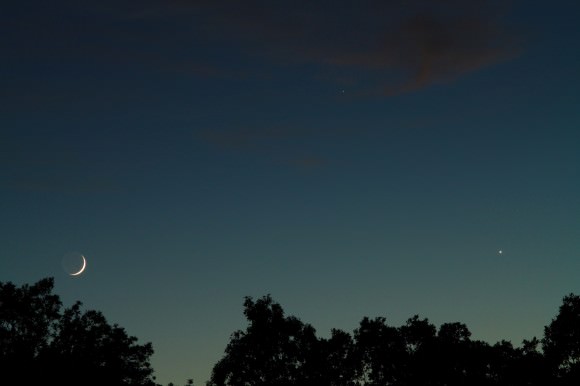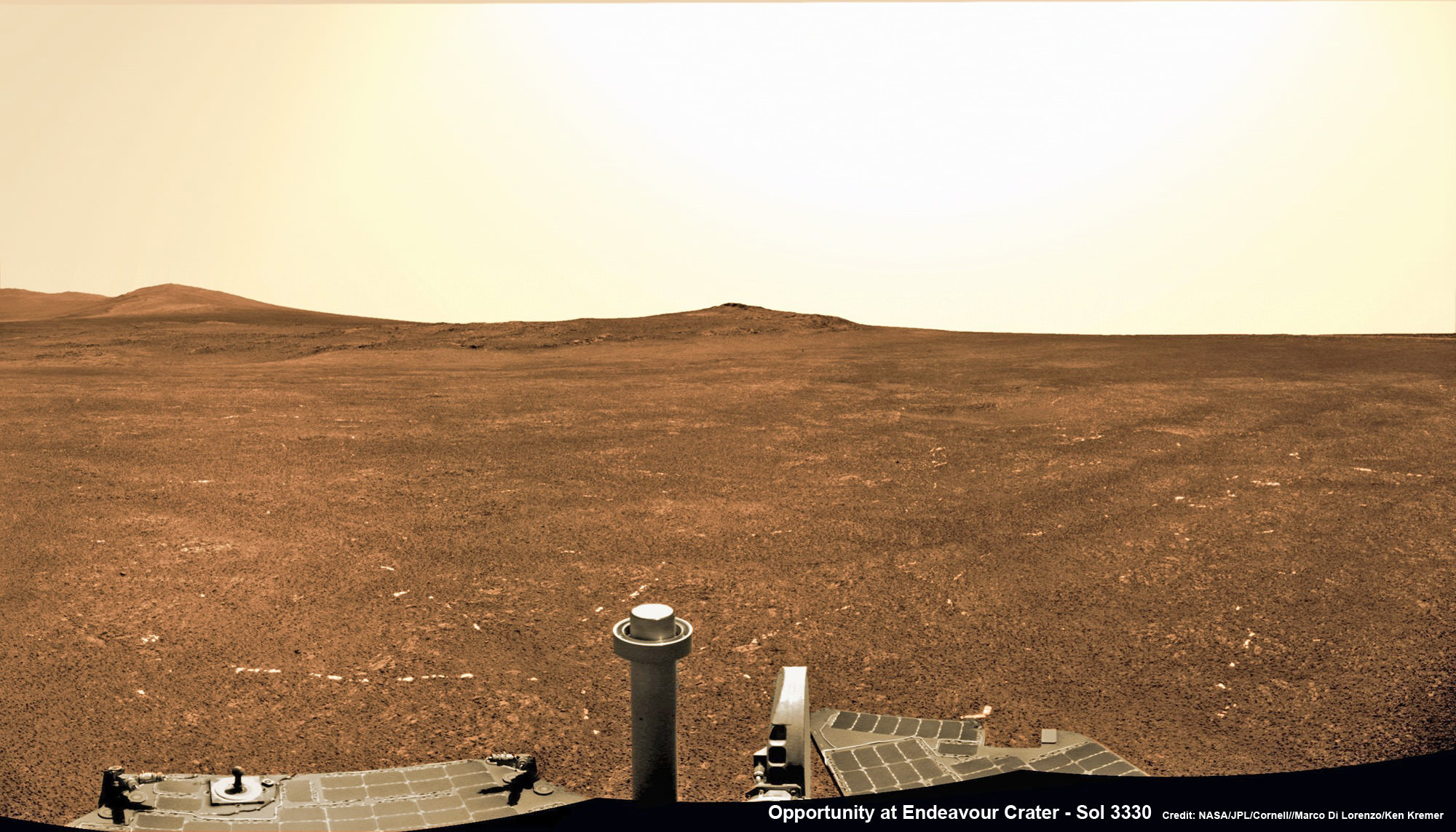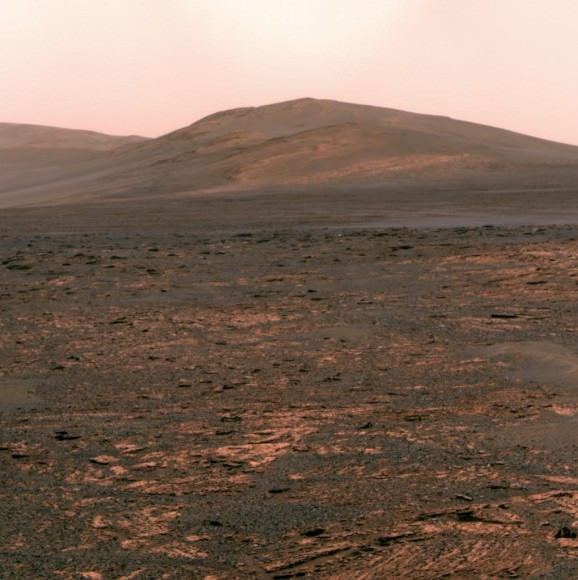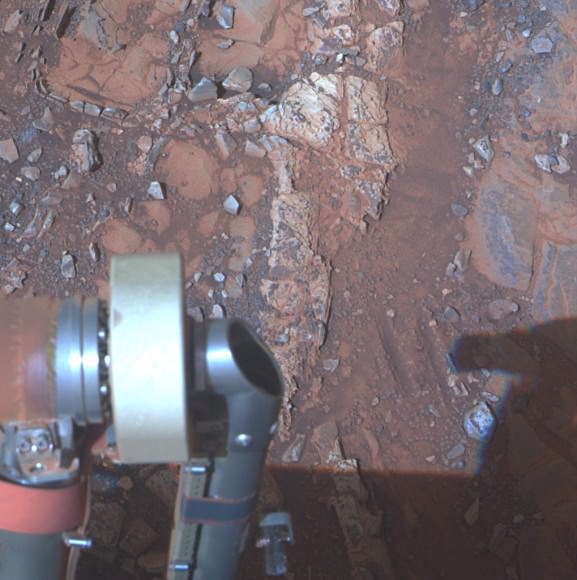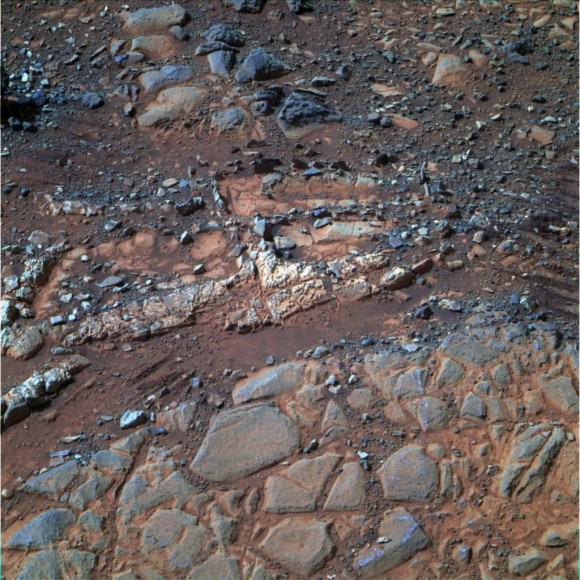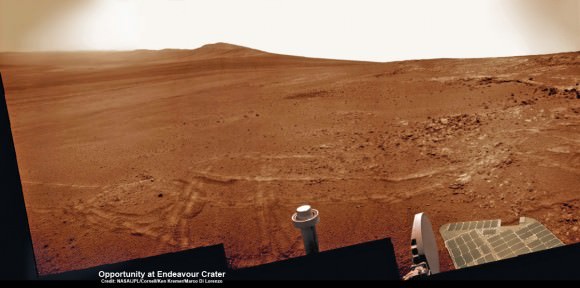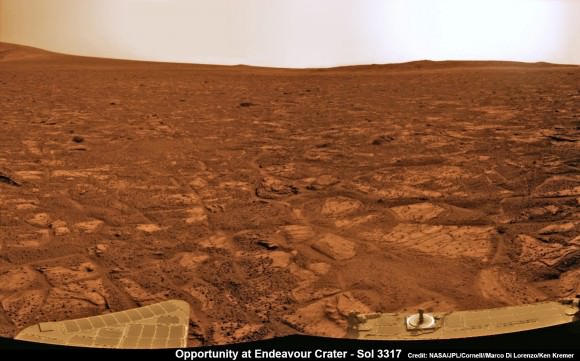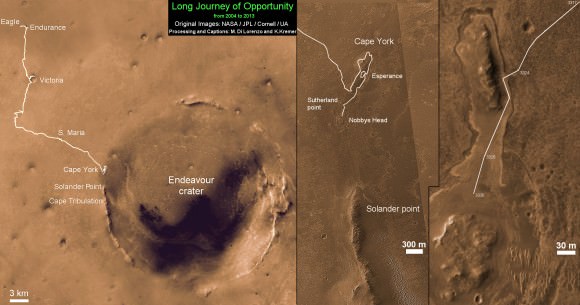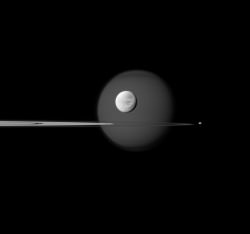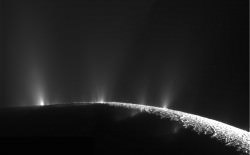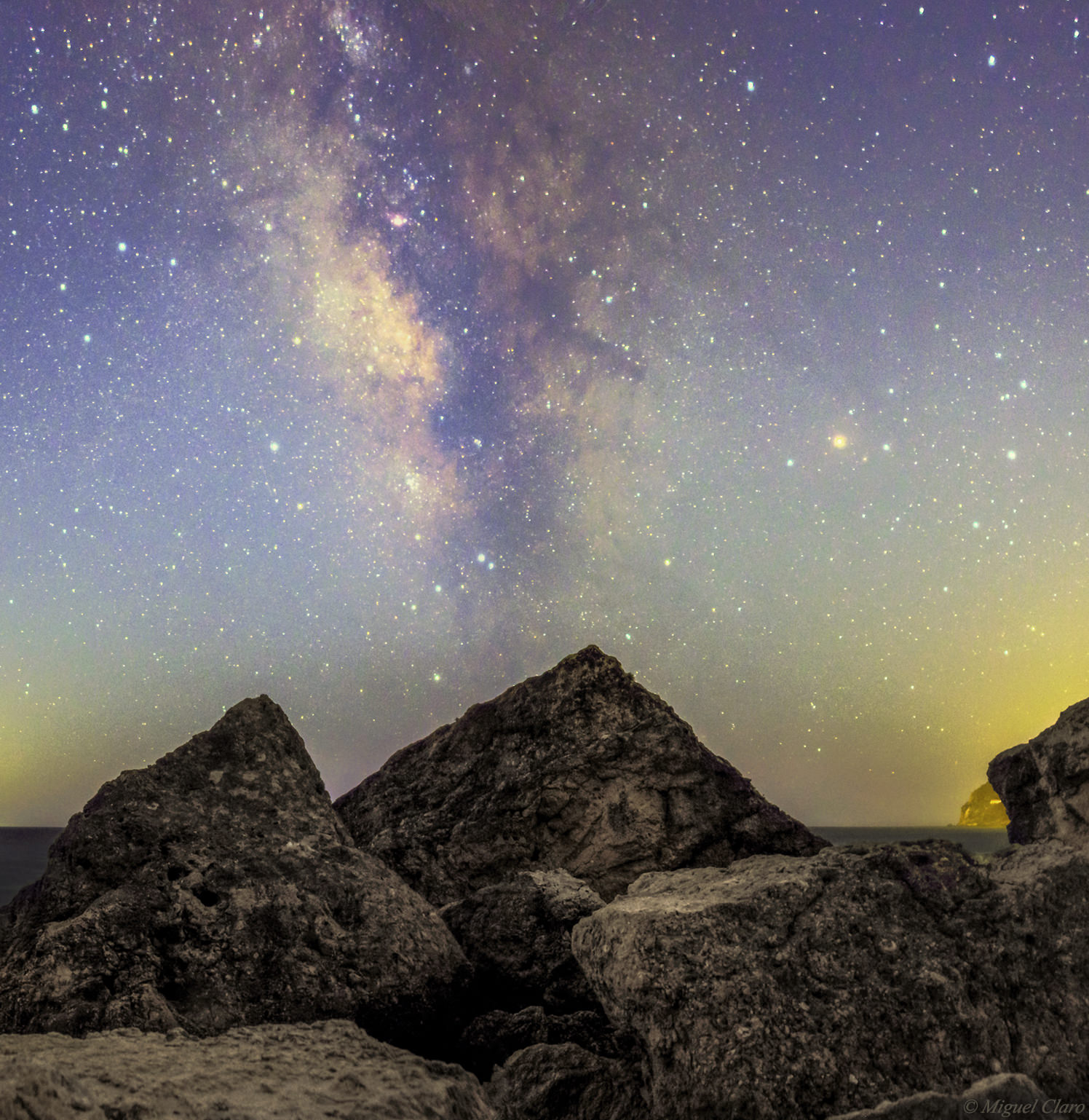Extreme sports taking on place on Mars? How about snowboarding – or actually sandboarding –down Martian dunes on a cushion of carbon dioxide? Sounds fun, and this might be happening already – sans the humanoid snowboarders, however.
Scientists have been wondering what caused unusual hillside grooves on Mars, called linear gullies. New research and test runs down sand dunes here on Earth has shown that these gullies may be formed by chunks of frozen carbon dioxide sliding down some Martian sand dunes on cushions of gas. They are plowing furrows as they slide, and creating open pits at the bottom of the run.
And these are not the Martian Sand Skimmers of Martian Chronicles fame. Just chunks of dry ice going for a joy ride.
“I have always dreamed of going to Mars,” said Serina Diniega, a planetary scientist at NASA’s Jet Propulsion Laboratory and lead author of a report published online by the journal Icarus. “Now I dream of snowboarding down a Martian sand dune on a block of dry ice.”
In images from the Mars Reconnaissance Orbiter’s HiRISE (High Resolution Imaging Science Experiment) camera the linear gullies seem to all have relatively constant width — up to a few yards, or meters, across — with raised banks or levees along the sides. Unlike gullies caused by water flows on Earth and possibly on Mars, they do not have aprons of debris at the downhill end of the gully. Instead, many have pits at the downhill end.
“In debris flows, you have water carrying sediment downhill, and the material eroded from the top is carried to the bottom and deposited as a fan-shaped apron,” said Diniega. “In the linear gullies, you’re not transporting material. You’re carving out a groove, pushing material to the sides.”
HiRISE images show the sand dunes with linear gullies covered by carbon-dioxide frost during the Martian winter. The location of the linear gullies is on dunes that spend the Martian winter covered by carbon-dioxide frost. By comparing before-and-after images from different seasons, researchers determined that the grooves are formed during early spring. Some images have even caught bright objects in the gullies.
Diniega and her team theorize the bright objects are pieces of dry ice that have broken away from points higher on the slope. According to the new hypothesis, the pits could result from the blocks of dry ice completely sublimating away into carbon-dioxide gas after they have stopped traveling.
“Linear gullies don’t look like gullies on Earth or other gullies on Mars, and this process wouldn’t happen on Earth,” said Diniega. “You don’t get blocks of dry ice on Earth unless you go buy them.”
Co-author on the paper Candice Hansen, of the Planetary Science Institute suspected that dry ice might be involved in forming these linear gullies, so like any good planetary scientist she bought some slabs of dry ice at a supermarket and slid them down sand dunes.
And voilà, similar looking linear gullies with the gaseous carbon dioxide from the thawing ice maintaining a lubricating layer under the slab. As the chunk slide down the dune, it also pushed sand aside into small levees. Handsen said the slabs glided down even low-angle slopes, not much pushing required.
Of course, the team said, the outdoor tests did not simulate Martian temperature and pressure, but calculations indicate the dry ice would act similarly in early Martian spring where the linear gullies form. Although water ice, too, can sublimate directly to gas under some Martian conditions, it would stay frozen at the temperatures at which these gullies form, the researchers calculate.
“MRO is showing that Mars is a very active planet,” Hansen said. “Some of the processes we see on Mars are like processes on Earth, but this one is in the category of uniquely Martian.”
Hansen also noted the process could be unique to the linear gullies etched on Martian sand dunes.
“There are a variety of different types of features on Mars that sometimes get lumped together as ‘gullies,’ but they are formed by different processes,” she said. “Just because this dry-ice hypothesis looks like a good explanation for one type doesn’t mean it applies to others.”
Harrumph. Dry ice having fun on Mars fun without us.
Next up – a Martian dry ice bomb.
Source: JPL

